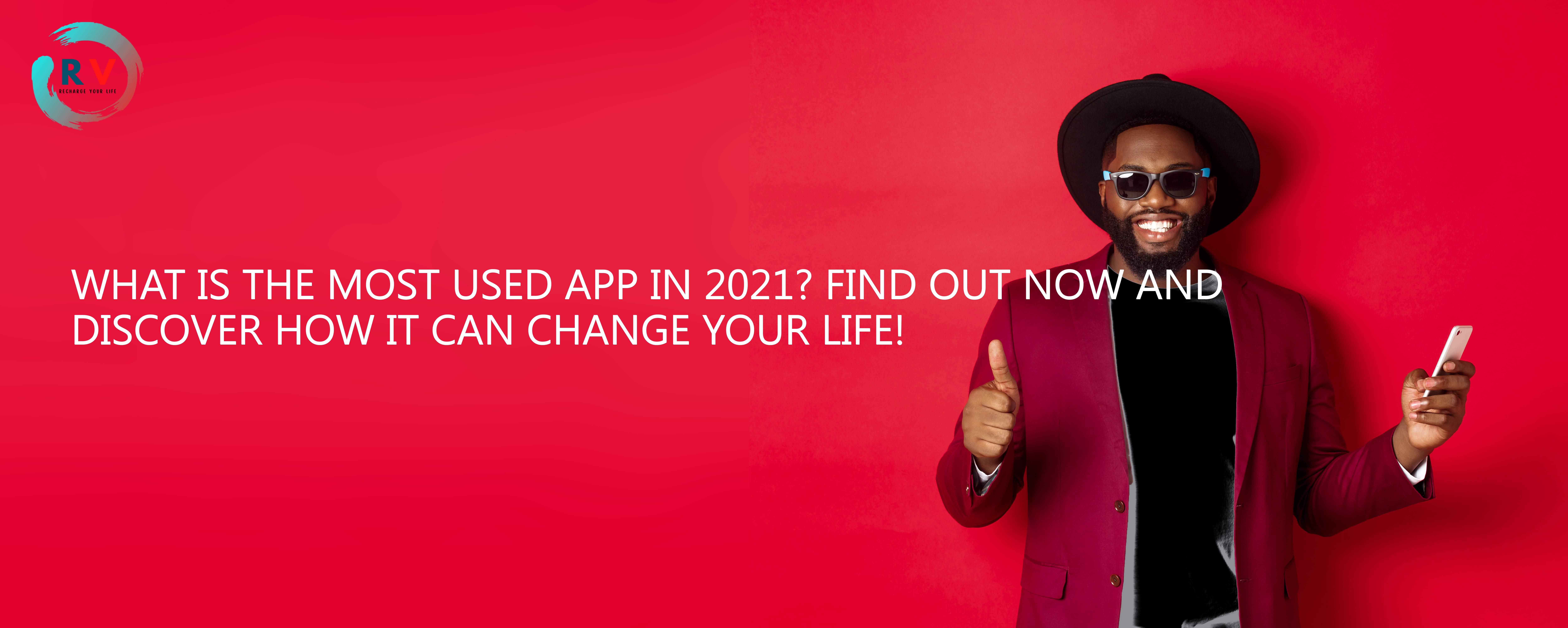Juicyjoycey Leak Is Your Data Next Find Out Now Devastating Wildfires Burn Across Shern California Live Coverage
Use the client to generate authorization urls, handle token exchanges, and make authenticated requests according to your specific oauth. Log in with your google account. This quickstart uses a simplified authentication approach that is appropriate for a testing.
Car Shopping Mistakes Tune in LIVE to learn the strategies to get
Read and write files on the user’s google drive with python. In this blog post, you will learn how to create a python app using flask and the google api which will: In this tutorial, you will learn how to list your google drive files, search over them, download stored files, and even upload local files into your drive programmatically using python.
Quickstarts explain how to set up and run an app that calls a google workspace api.
These processes are written in the main () function below, and i would like to apply them to periodic processing every day using cloudfunction and cloudscheduler. See `using oauth 2.0 to access google apis`_ for an overview of oauth 2.0 authorization scenarios google apis support. It is also good to use different database tables for oauth 1.0 and oauth 2.0. I've set up the pydrive and the google api such that my.
Open the google cloud console. To get started with oauthlib, follow these steps: In a nutshell you will be doing three types of requests, to obtain a request token, to obtain an access token and to access a protected resource. Follow this article to get going with google authentication in minutes, using the authlib package.

Obtaining a request token will require client.
Design database ¶ it is possible to share one database table for both oauth 1.0 token and oauth 2.0 token.

